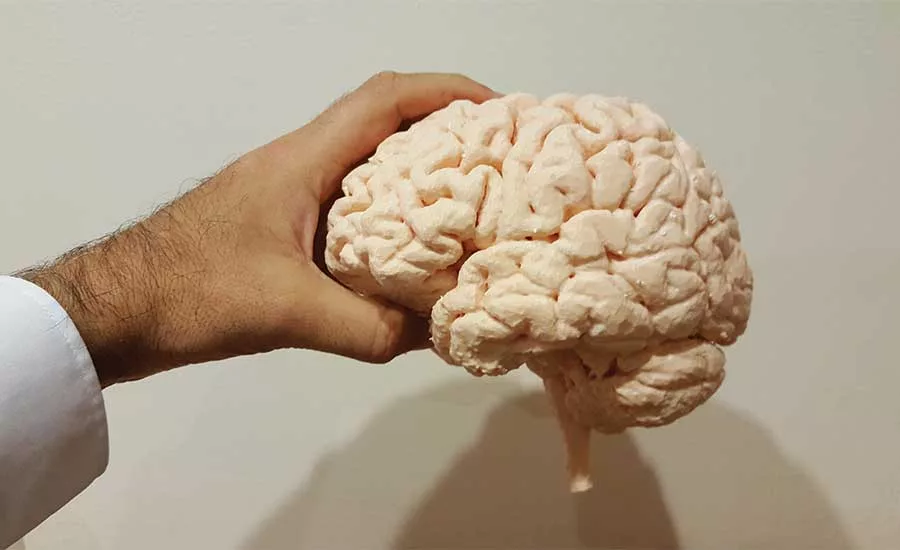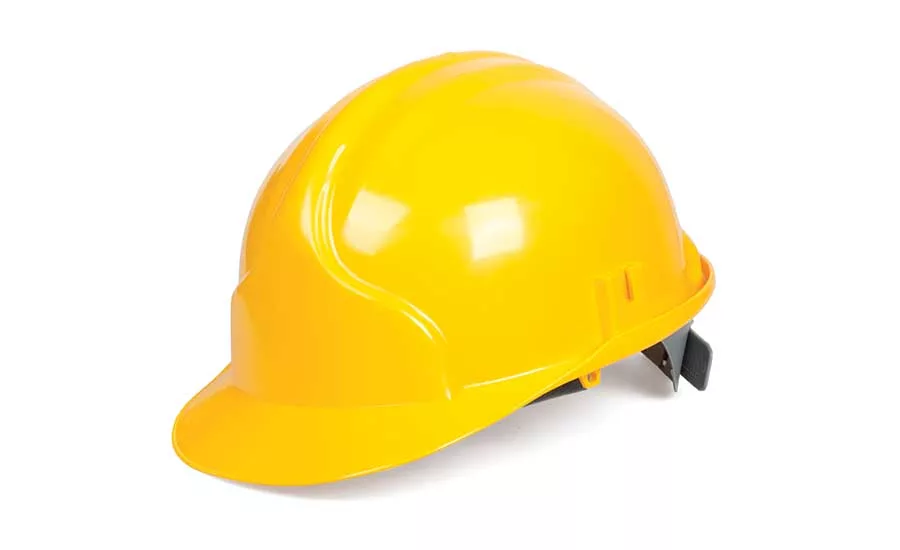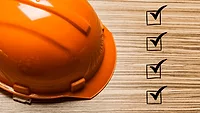Hard Hats Protect Our Greatest Safety Device


I travel the world working with drillers and I always joke that, from stocking caps to cowboy hats, I have worked with them all. Ironically, the joke should be, from OSHA- to ANSI-approved hard hats, I worked with them all. The most complex and fragile piece of equipment on the jobsite is our brain, and one slight impact could change your life forever.
I write this article today as a friend of mine starts therapy after being struck in the head by a bolt that weighed just a few ounces. The bolt fell from roughly 25 feet off of a new steel structure. The bolt hit the top of his head and severely affected his motor skills along with his ability to process questions and speech. Before his accident, he could close out a dart game of 301 in less than five rounds while explaining the complexities of a 10 story building versus a 20 story building. Now he struggles to explain what he had for breakfast. A 37-year-old skilled civil engineer changed his entire life by a 30-second walk across the jobsite without a hard hat.
We play a voluntary game of brain damage roulette any time we think it is OK to not wear a hard hat on any jobsite with overhead hazards.
According to the Centers for Disease Control and Prevention, traumatic brain injury (TBI) is one of the leading causes of death and disability in the United States. We play a voluntary game of brain damage roulette any time we think it is OK to not wear a hard hat on any jobsite with overhead hazards. OSHA states that a hard hat is required when a potential for head injury from “impacts, falling or flying objects, or electrical shock is possible.”
The goal of an OSHA/ANSI-approved hard hat is to protect the head and brain from impacts. These impacts come from flying objects, falling objects, falls and head bumps to fixed objects. Each impact affects our brain differently. Here is a breakdown of how an impact affects each part of the brain.
Forehead - Front Top - Frontal Lobe
A forehead impact on a fixed object could lead to injuring or damaging the brain’s frontal lobe. This part of the brain is responsible for thought, voluntary movement and your personality. Damage to the frontal lobe can cause you to lose the ability to control your emotions and judgment, and can impair attention span. The frontal lobe is what makes you, you!
Middle - Back of Head - Parietal Lobe
A falling object impact to the top of the head or a fixed object blow to the back of the head can cause damage to the parietal lobe. This part of your brain is the control center. It processes sensory inputs and visual images. When you step on a sharp object, this is the part of your brain that tells you to move your foot quickly. Damage to the parietal lobe creates havoc in your ability to recognize people and shapes, and the capacity to process multiple tasks at once.
Bottom and Side - Interior Brain - Temporal Lobe
A fall or sudden impact that causes the brain to hit against the skull can cause damage to the temporal lobe. This part of your brain organizes sensory inputs such as the understanding of language, emotion and perception. Damage to the temporal lobe causes you to lose the ability to pay attention, understand what is actual fact or fiction, and can cause seizures.
Back of the Head - Occipital Lobe
Most often, damage to the occipital lobe happens from slips, trips or falls that result in the impact to the back of the head. The occipital lobe processes your vision. Damage to this part of the brain can cause hallucination, the inability to differentiate colors and total blindness.
Proper Use of a Hard Hat
Hard hats can only protect our head and brains if used properly. The first and most important part of proper use of a hard hat is to put it on! Next, the hard hat needs to fit securely with the suspension adjusted to fit. Mixing and matching a hard hat shell with an unapproved suspension can cause limited impact protection.
Another way the impact protection can change is by wearing a baseball cap under a hard hat. The cap’s top button can be driven into the top of the head when the hard hat is impacted. Under no circumstance should any liner or cover be placed between the shell and suspension straps. A hard hat requires space between the shell and top of your head to protect you. Skull caps and winter liners are ok if worn on top of the head and suspension straps fit securely. Always consult with your safety team to get approval for a second liner under a hard hat.
There is a big debate over whether it is safe to wear a cap-style hard hat backward. OSHA says, yes and no. Guidelines state that if the hard hat manufacturer has tested the hard hat backward and the hard hat meets ANSI standards, then it is safe to be worn backward. If it has not been tested backward, and the hard hat does not fit properly when backward, then it is unsafe and OSHA says no.
Lifecycle of a Hard Hat
Hard hats with defects such as cracking, deformity of the shell or perforations should be replaced immediately. Always replace a hard hat if it has sustained direct impact. Hard hats require proper care. Inspect your hard hat daily for deformities in the shell. The suspension should be checked for stress in the straps and plastic. Clean your hard hat often. Never store it in direct sunlight or excessive heat, like in the rear window of a truck. Stickers are OK for hard hats as long as they do not cover any damaged area and are at least half an inch from the edge of the shell. The life of many hard hats is two to five years for a tank and 12 months for the suspension. Check the manufacture date on the inside of the hard hat and compare it with the manufacturer’s recommended replacement date.
Hard hats tell the story of our careers, but better yet they protect us so we can tell those stories to our grandchildren. I take pride in wearing my military issue camouflage hard hat given to me while training the 243rd Army National Guard Well Drilling unit. I love that hard hat, but I also know it was given to me in 2008 and it is beyond its lifecycle. The same for my first RED Halliburton hard hat covered in stickers from the beginning of my career. Both of these hard hats sit in my office as a proud reminder of what I have experienced. However, hard hats are just one piece of being safe on a jobsite. Hearing protection, safety glasses and proper protective equipment ensure that we go home safe. Our brain is our greatest safety device, and we need to keep it in peak condition. Safety is our number one job; you are responsible for stopping any unsafe act on the job. We cannot think that someone else will stop it. No one stopped my friend from not wearing his hard hat to check a cement form. You never know whose life and family you just preserved. At Astec and GEFCO, our motto is “Safety Starts with Me.”
Looking for a reprint of this article?
From high-res PDFs to custom plaques, order your copy today!






